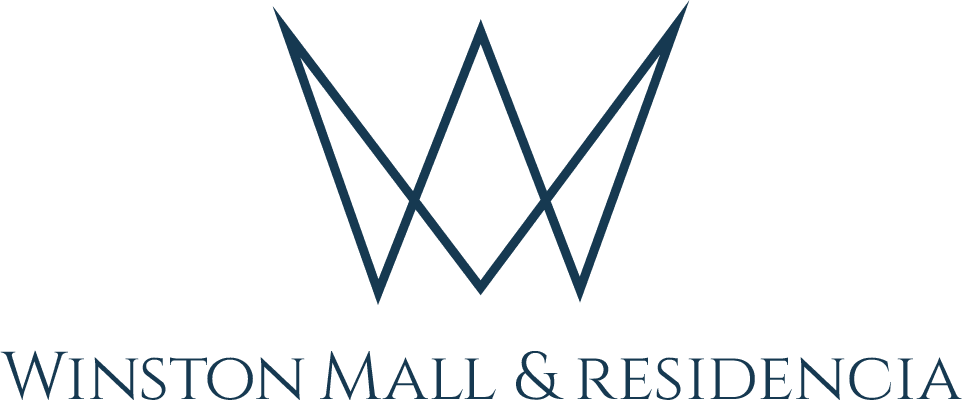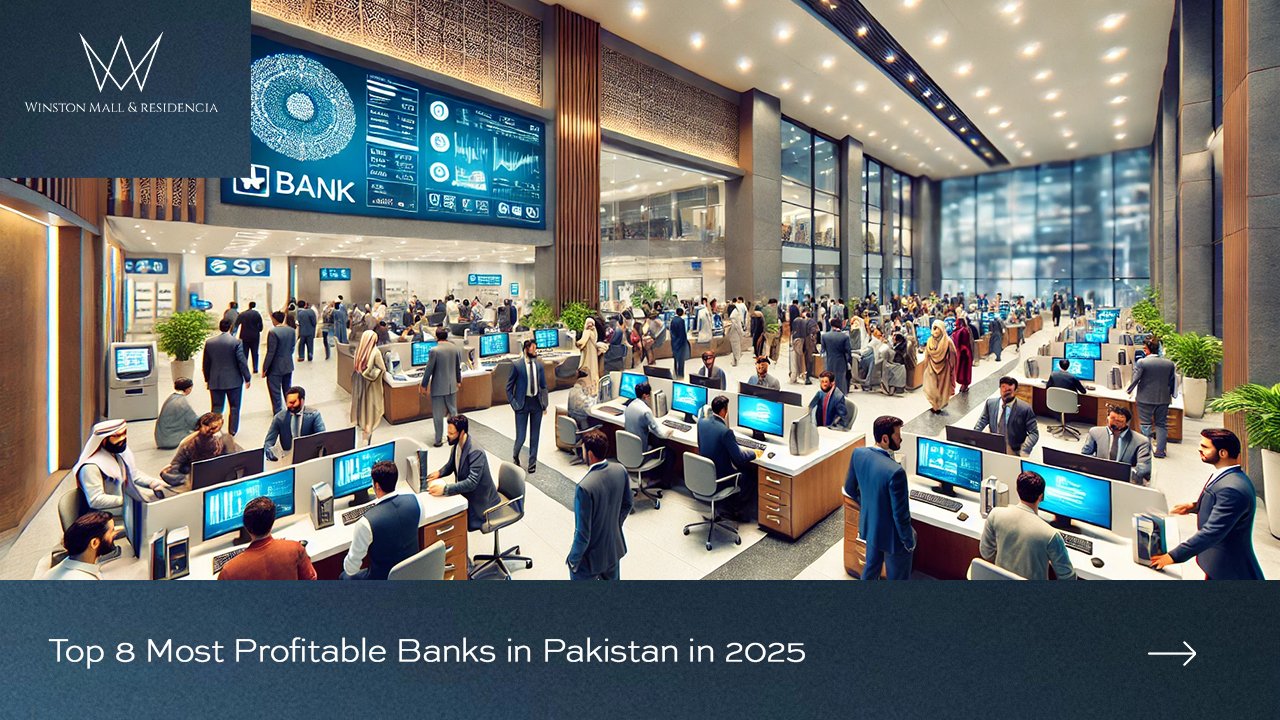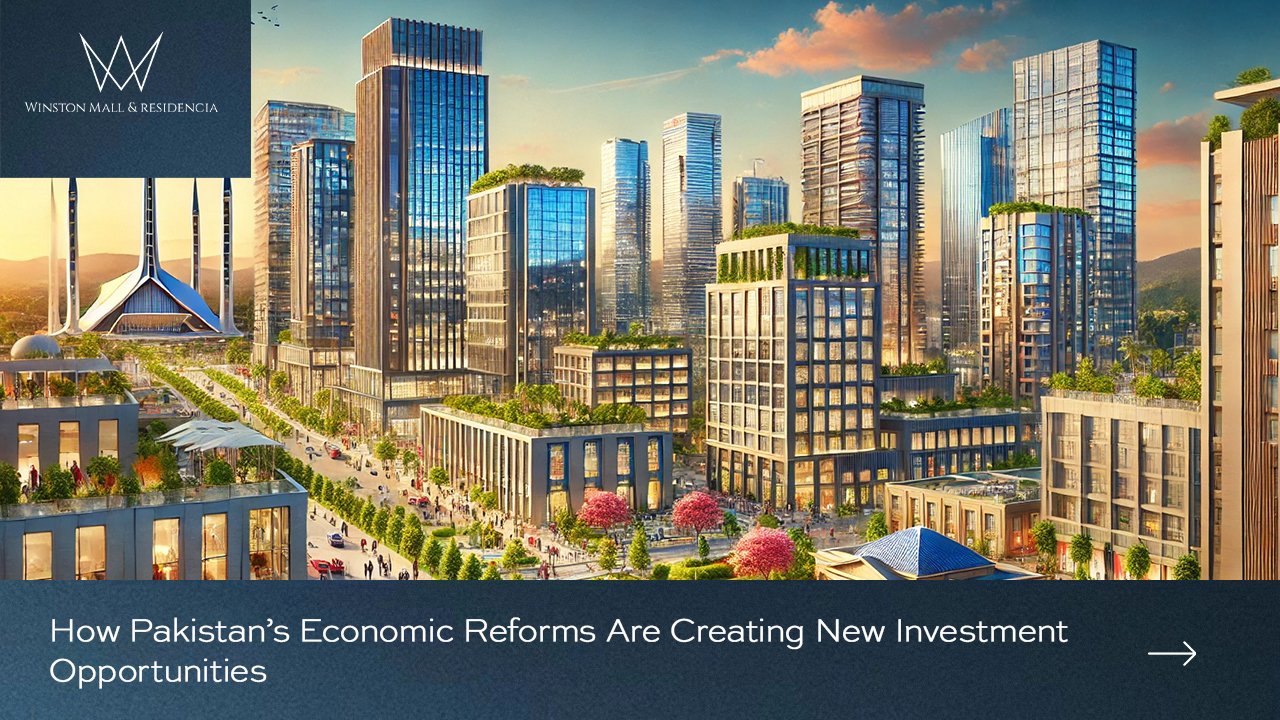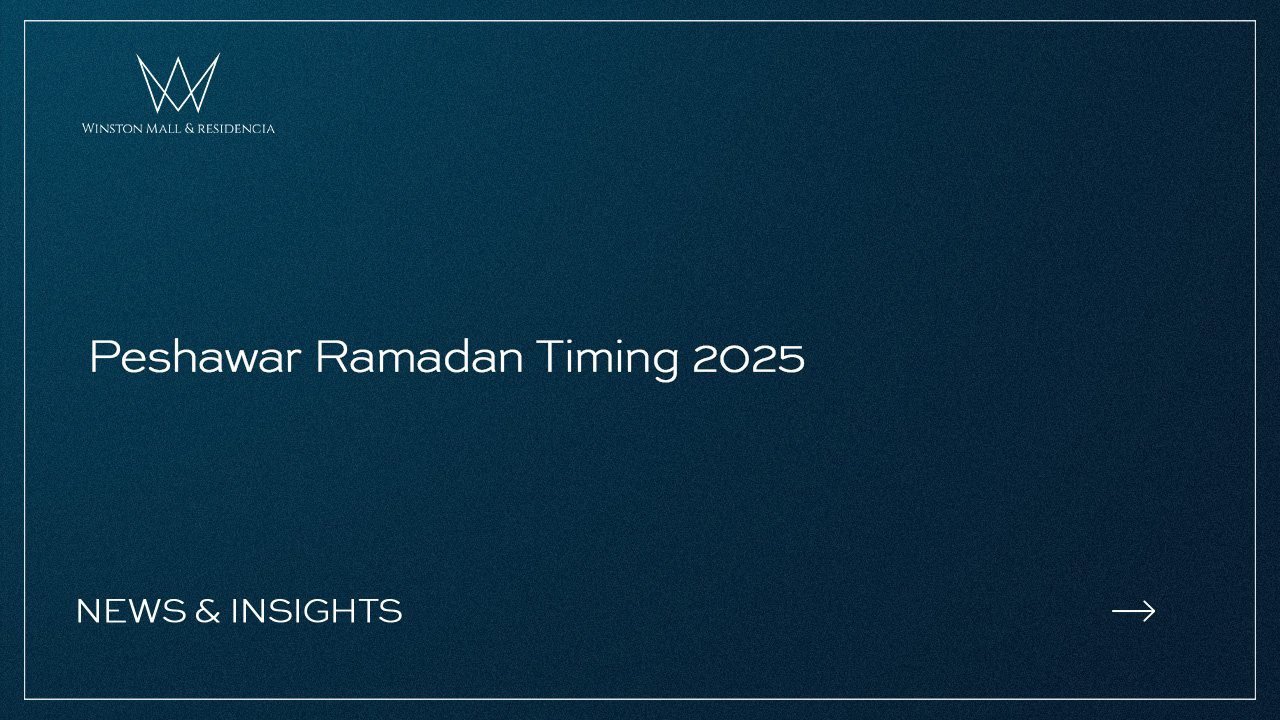The real estate market in Pakistan in 2024 faces uncertain times as housing prices decline but mortgage rates surge upwards. After years of sharp price increases and low interest rates, Pakistan’s housing sector is experiencing a correction.
High inflation, rising interest rates, and concerns about an economic slowdown have led to dropping home prices in major cities like Lahore, Karachi, and Islamabad. However, mortgage rates have climbed to their highest levels in over a decade, presenting challenges for homebuyers even as prices soften. This complex situation has created uncertainty across Pakistan’s real estate industry.
Sellers are reluctant to lower prices too much, while buyers struggle with reduced affordability. How the market balances decreasing property values and climbing borrowing costs will be a key theme to watch in Pakistani real estate this year.
Table of Contents
ToggleFalling Prices Across Major Pakistani Cities
Popular cities that saw rapid home price appreciation over the last decade are now experiencing notable declines as buyer demand cools.
Lahore
Lahore, the second largest city in Pakistan, saw average home prices rise over 50% between 2015 and 2021. However, prices fell over 5% in 2022 as the market slowed. High-end properties were impacted the most, with luxury home values dropping around 10% as wealthy buyers pulled back. While prices are coming down from their peaks, they remain elevated from five years ago.
Karachi
Karachi, Pakistan’s largest city and financial hub, followed a similar trajectory. After average prices rose by over 60% between 2016 and 2022, the market shifted in 2023. Overall, home values in Karachi dropped around 7% last year. As in Lahore, the high-end segment saw the sharpest declines at around 12% as affluent buyers delayed purchases. Despite recent decreases, prices in Karachi are still up over 40% from 2017.
Islamabad
Islamabad, Pakistan’s capital and third largest city, experienced a more moderate rise of 30% from 2016 to 2022. But it too saw a cooldown in 2023, with average prices falling 4% year-over-year. The luxury market bore the brunt of the downturn again, with upper-end home values dropping 8% to 10%. While not as dramatic as in Lahore and Karachi, the declines in Islamabad mark a clear break from the rapid appreciation of years past.
Surging Mortgage Rates Reduce Affordability
The main challenge for Pakistani homebuyers is surging mortgage rates, which have reduced affordability even as prices cool off. The State Bank of Pakistan has rapidly raised interest rates over the past year to combat high inflation. This has caused mortgage rates on Rupee loans to spike to around 15% – 17%, over double the levels from five years ago.
Rising rates have shrunk purchasing power for prospective homeowners, preventing many middle-class buyers from qualifying for loans large enough to buy a home even if prices are starting to decrease. This affordability squeeze has cooled demand and contributed to the price declines in major markets.
For upper-income borrowers, high interest rates have made financing large luxury home purchases more expensive. Even buyers who can qualify are hesitant to take on large mortgages at current rates. This has weighed on demand at the top of the market.
Overall, the sharp rise in mortgage rates has counteracted any benefit buyers might see from slightly lower prices. This presents a challenging situation for the real estate industry.
Uncertainty Across Pakistan’s Housing Sector
The combination of falling prices and rising mortgage rates has created an uncertain environment in Pakistan’s real estate market. Sellers are reluctant to lower asking prices too drastically, hoping to still get top dollar for their homes amid the downturn. Many are choosing to delay listing their properties for now, contributing to reduced inventory levels in cities like Lahore and Karachi.
However, most buyers are not willing or able to pay the inflated prices of 2021 and 2022. They have pulled back as affordability constraints keep them out of the market. These contrary forces have left both sellers and buyers on the sidelines, leading to decreased transaction volumes.
Developers are also treading cautiously, slowing down new housing starts as demand weakens. There is uncertainty about where the bottom for prices and top for rates will be. This makes it difficult to assess feasibility of new projects.
Across Pakistan’s housing industry, there is a wait-and-see approach in place. How the market balances between buyers hoping for lower prices and sellers seeking to maintain value will determine future trends.
Balancing Property Values and Interest Rates
The main question in Pakistani real estate is how the downward pressure on home values and upward pressure on mortgage rates will balance out over the coming year.
If interest rates rise further, it will dampen demand even more. This could cause a more severe price correction, especially at the high-end. Sellers may have to capitulate on pricing to attract what few buyers are left in the market.
However, if rates stabilize and even decrease slightly, buyer activity could pick back up. This would allow prices to find a floor and potentially start appreciating again. Sellers may be able to maintain prices closer to 2022 levels.
Much depends on how inflation is managed and what actions the State Bank of Pakistan takes going forward. Real estate analysts expect modest price declines of 5% to 10% overall if rates level off. But a deeper 15%+ drop could occur if rates keep rising.
In that scenario, Pakistan’s housing market would move from a cooling correction into a broader downturn. Developers and sellers are hoping rising rates do not further dampen demand and sink the real estate sector.
Luxurious Villas Cater to Wealthy Homebuyers
One segment of Pakistan’s housing market focused on luxurious living is villas. As upper-income buyers delay purchasing expensive detached homes, developers are designing over-the-top villas to entice affluent customers.
These lavish villas feature amenities like private theaters, indoor pools, and large landscaped grounds. Top-of-the-line finishes and technology aim to attract elite buyers looking for one-of-a-kind living spaces.
For example, Bahria Town’s Golf City development touts expansive villas with rooftop terraces, triple-car garages, and even personal beauty salons. Prices run from 3 crore to over 10 crore Rupees. While slow to sell now, such extraordinary homes target wealthy Pakistanis when high-end demand eventually rebounds.
Other luxury villa projects include farmhouse villas, equestrian properties with stables, and vacation villas in scenic northern areas. This exclusive segment caters to the ultra-rich by offering oversized, customized living far beyond regular houses and apartments.
For Pakistanis with the means, luxury villas provide a peaceful utopia away from the noise and congestion of dense urban areas – albeit an incredibly expensive one amid surging rates.
Gated Communities Gain Popularity
Another important real estate trend is the rise of gated housing communities, particularly in major cities like Lahore and Karachi. As security concerns grow, these secured developments with guarded gates, high perimeter walls, and restricted access have become highly desired.
In many large projects, all vehicles are checked upon entry and roving patrol units monitor the compound 24/7. Some communities employ over 100 security guards to keep residents safe. These fortress-like protections provide peace of mind to homeowners nervous about rising crime.
Developments like Bahria Town advertise themselves as “Pakistan’s Most Secure Community,” touting multiple entrance barriers and over 600 cameras. Other projects like Askari 14 in Lahore also highlight state-of-the-art security systems that use biometrics and license plate recognition.
For Pakistani families, especially those with children, the security factor has become a top priority when selecting housing. They are willing to pay a premium to live in a gated community despite higher monthly fees. Given the market uncertainty, developers of secured projects may weather the downturn better than those without robust security features.
High-Rise Towers Offer Urban Living
In contrast to gated communities on the outskirts of cities, housing projects in downtown areas are going vertical to maximize space. High-rise towers offering condos, apartments and mixed-use spaces cater to young professionals and others seeking an urban lifestyle.
In Karachi, for example, towers like Dolmen Heights and Ocean Towers provide luxury apartments right in the heart of the city along with dining and retail options. Projects highlight amenities like roof-top gyms, pools, and lounges to attract status-conscious buyers.
Similarly, developers in downtown Lahore are building upwards with projects like the Safa Tower and The Residence providing sleek, modern living spaces.The units allow residents easy access to offices as well as restaurants and cultural attractions.
While sales have slowed due to reduced affordability, it is expected demand for urban high-rise units will recover in major metros. Younger, upwardly mobile Pakistanis still desire the convenience and prestige of downtown living in future.
One-of-a-Kind Homes Attract Top Tier
While many developments market similar amenities and features, some truly unique housing projects are catering to the ultra-wealthy by offering something completely out of the ordinary.
One example is a luxury housing complex planned for Lahore that will float on a man-made lake. The Float Houses project will consist of exclusive villas, apartments, and amenities all constructed on platforms over the water. Prices for floating homes start at a staggering 5 crore rupees, targeting elite buyers who want one-of-a-kind living.
Another distinctive project is a mountain lodge community being built in the Himalayan foothills north of Islamabad. Himalayan Hamlet will offer log cabin-style homes and a five star hotel built into the hillside terrain. The secluded community will have hiking, fishing, and other outdoor activities onsite. Property is expected to sell for between 2 crore to 5 crore rupees, aiming at wealthy buyers who both want privacy and easy access to nature.
Finally, a residential project in Karachi plans to construct Pakistan’s first underground homes. Located in an affluent seaside neighborhood, the Hidden Hills development will have over 200 housing units built entirely below ground. While costing a premium, underground homes provide energy efficiency, security, and privacy.
Unique communities like these create housing tailored specifically for the upper crust of Pakistani society. For the top 1%, such unveiling, specially-designed projects hold appeal even during an overall market slowdown.
Affordable Housing for Low-Income Buyers
At the other end of Pakistan’s income spectrum, the government as well as private developers are undertaking projects to increase affordable housing options. With rates rising, lower-middle class households are often priced entirely out of the market. New developments aim to assist first-time buyers who might otherwise never attain homeownership.
The Naya Pakistan Housing Program plans to build 2 million low-cost housing units over five years across the country. The public-private initiative will offer homes for working-class citizens through subsidized mortgages and low down payments.
Additionally, private builders like Habib Rafiq Limited are launching new projects catering to middle and lower-middle income segments. Their MHC Town development near Lahore will have over 15,000 homes ranging from 20 lakh to 1 crore rupees.
Non-profit organizations like Ansaar Management Company have also built entire affordable communities like Ansaar Villas in Karachi. Focusing on scale allows costs to be reduced and units to sell for under 30 lakh rupees.
Though still in early phases, these affordable housing efforts aim to address the massive demand for reasonably priced homes as rates surge out of reach. How successfully these projects are executed will impact social mobility and future economic growth.
Apartment Construction Rises in Urban Areas
A final important trend is the growth in apartment construction, especially in Pakistan’s largest cities. As single-family home ownership becomes less attainable for many due to high prices and rates, developers are building more multi-unit rental properties to meet demand.
Karachi is seeing intensified apartment development in areas like Clifton, DHA, and Gulshan-e-Iqbal. Projects like Center Point and Dolmen Nova offer modern, amenity-rich apartments catering to young professionals sharing costs. Rents have increased across the city, driving apartment demand.
Similarly, Lahore has over a dozen new high-rise apartment towers planned or under construction to address demand from middle-class renters. Areas like Gulberg have seen rapid growth in apartment projects built by companies like Emaar Pakistan.
Analysts project the surge in apartment development, especially in urban centers, will continue in coming years. With homeownership out of reach for many, a shift towards a rental lifestyle in apartments appears inevitable given constrained affordability.
Conclusion
In summary, Pakistan’s real estate market faces shifting conditions in 2024. While home prices are declining from their peak levels, mortgage rates are surging and reducing purchasing power for buyers across income levels. This dichotomy has created uncertain times, with sellers trying to maintain prices while buyers pull back. How this complex situation resolves and the market balances pricing against higher borrowing costs will determine future trends. While the luxury and affordable housing segments cater to their target demographics, most analysts expect a continued rocky period for real estate ahead.
Winston Mall: please contact +92-314-5166334 or visit https://winstonmall.com/




